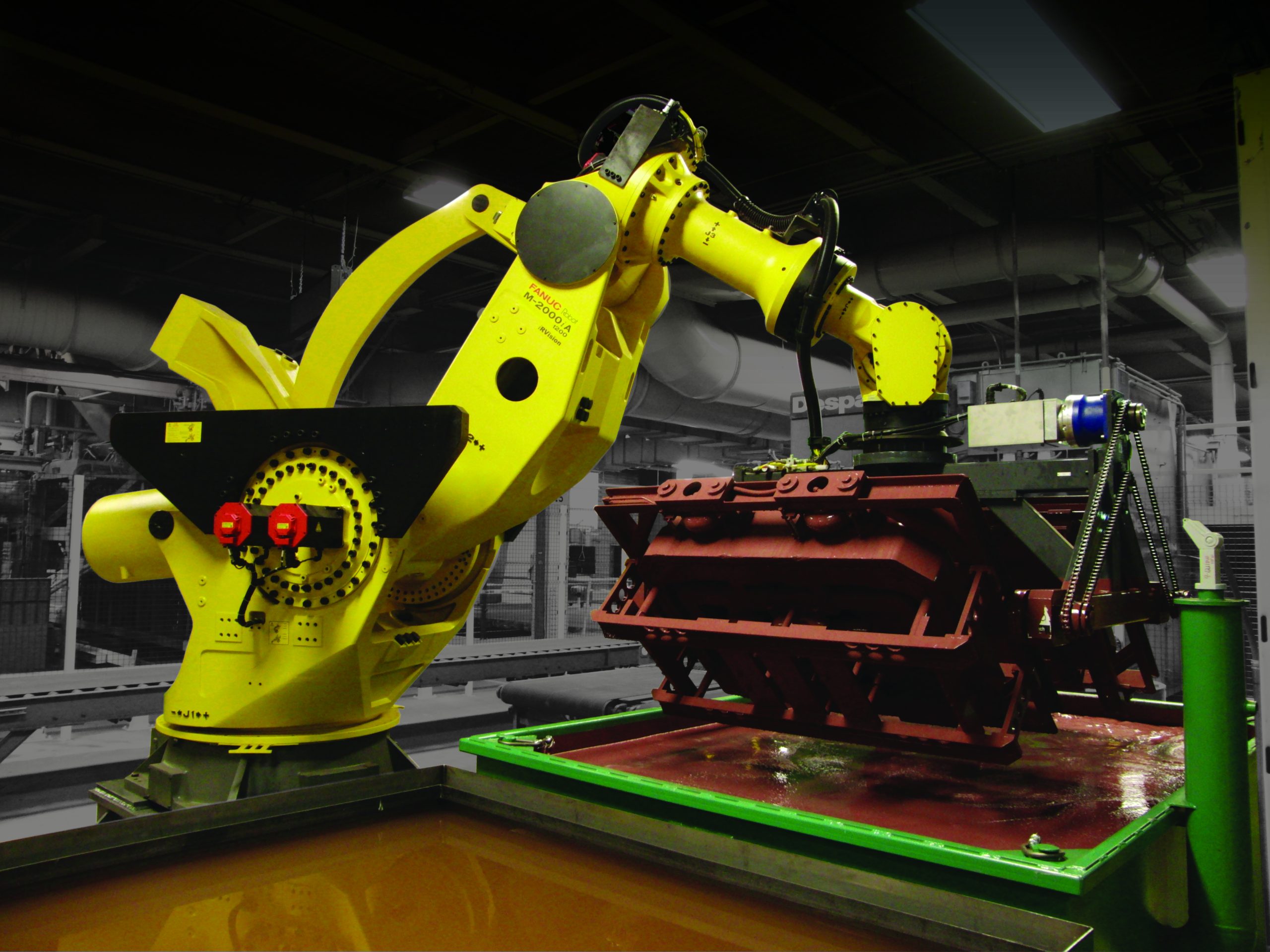In today’s rapidly evolving manufacturing landscape, industrial robots and robotic manufacturing have emerged as key drivers of innovation and efficiency. The integration of industrial robots into manufacturing processes has revolutionized the industry, offering an array of advantages for businesses looking to improve production, quality and competitiveness. Manufacturing robots play a crucial part in the near future of manufacturing, as the demand for automation continues to increase.

Manufacturing robots, sometimes referred to as industrial robots, are devices designed to accomplish different jobs within the manufacturing process. These include welding or painting, along with picking, placing and packaging. Industrial robotics, which is the area of study and applications of these robots concentrates on improving effectiveness and precision in manufacturing processes.
One of the leading companies of this revolution is Automated Solutions Australia (ASA) which is a specialist in creating industrial robots to offer an array of flexible automation solutions for manufacturing clients. ASA robotics for manufacturing in industrial settings aim to provide clients with a competitive edge by boosting the quality of their products and increasing productivity. The industrial robots offered by ASA, which are based upon best practices and a focus on quality, are employed by companies in a variety of industries including automotive, electronics, pharmaceuticals and many more.
The advantages of industrial robots are many-sided. Improved efficiency and productivity is among the primary benefits. Industrial robots can perform repetitive tasks with precision and consistency. This results in more efficient output rates and shorter cycles. This increases productivity overall and allows businesses to easily respond to consumer demands.
Moreover, industrial robots can help in improving quality control in manufacturing processes. Through executing tasks with precision and reliability, these robots reduce the risk of error leading to better quality products. This improves customer satisfaction as well as bolsters a company’s reputation for delivering top-tier goods.
Industrial robots are not just effective and top-quality, they also save money. While the initial investment in manufacturing robots may appear to be substantial, the long-term cost savings are substantial. By streamlining production processes and reducing the need for manual labor, companies are able to reduce their operational expenses and earn a quick return on investment. Industrial robots are also able to run 24/7, maximising the efficiency of resources and driving down per-unit production costs.
Industrial robots can have an positive effect on the workplace environment. These robots are designed to produce low noise levels which create a more peaceful and more comfortable workplace for employees. Additionally their speed and accuracy can make work safer by reducing accidents and injuries.
The integration of industrial robotics plays an important role in the creation of jobs and the future of work. Though there are concerns about whether robots will displace human workers, industrial robots provide new opportunities for employment. These include positions in robotic programming, maintenance and supervision and roles which support robot manufacturing.
As businesses in various industries continue to benefit from industrial robots, and manufacturing continues to adopt this technology, it’s rapidly changing the industry. With its ability to enhance efficiency in terms of quality, cost, and efficiency industrial robotics is changing the way products are manufactured and setting new standards for high-quality products in the market.
Conclusion: The growth of industrial robots and manufacturing robots is revolutionizing the industry of manufacturing. The fusion of these technologies has helped businesses achieve record levels of effectiveness and precision, as well as competitiveness and efficiency. Industrial robots will play a crucial part in ensuring that the need for automation continues to grow. They can help shape the future of manufacturing as well as drive the pace of innovation.